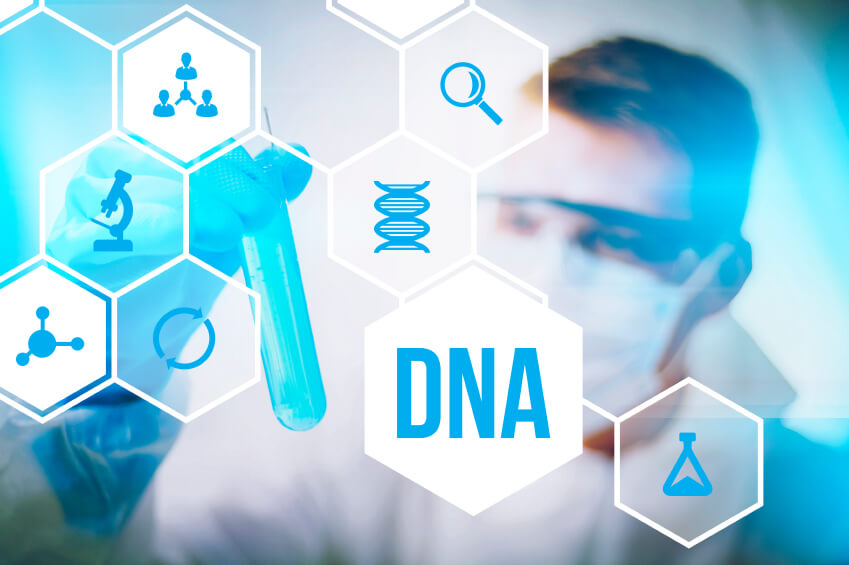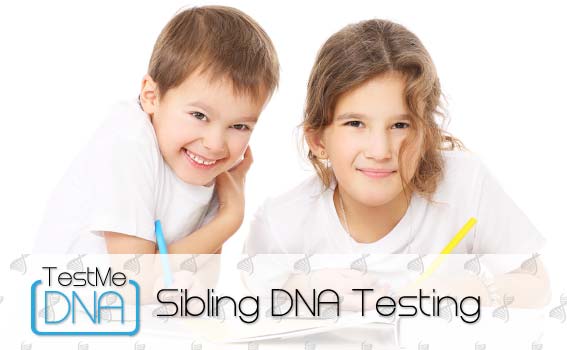
A DNA sibling test helps in comparison of the genetic material or DNA of one person with another to ascertain the likelihood that they are biologically related as siblings. In many of the cases, sibling tests are used to determine the paternity, to determine if the two participants have the same biological father. This often takes place when the alleged father is incarcerated, deceased, unwilling or missing. When it comes to legal terms, sibling DNA tests are sent to mothers to attain the Social Security survivor benefits for their child. In such situations, the alleged father of one child is deemed undisputed and the mother should have evidence that the other child has the same father. Sibling DNA test also helps in answering the question, “Are we half siblings or full siblings?” It also helps in US immigration applications.
Types of DNA Sibling Tests
- Full siblings versus unrelated
In these DNA sibling test, the DNA of the participants is subjected to comparison to ascertain the likelihood that they have the same biological father and mother, versus being totally unrelated. This kind of sibling DNA test is most often requested in the case of US Immigration cases, where one individual is a US citizen sponsoring an alleged sibling who is intending to apply for an immigrant visa.

- Full siblings versus half siblings
In this DNA sibling test, the DNA of the two participants with the same biological mother is subjected to comparison to ascertain the possibility that they have the same biological father. For this type of DNA sibling test, it is suggested that samples from biological mother should also be subjected to testing. This makes it easy and enables the labs to ascertain which genes the two children inherited from their alleged father and hence significantly increasing the conclusiveness of the DNA sibling test.
- Half siblings versus unrelated
In these DNA sibling tests, the DNA of the two participants with different biological mothers is subjected to comparison in order to ascertain the possibility that they have the same biological father. For this type of DNA sibling test, it is advisable to collect samples from one or preferably both the biological mothers if possible. This makes it easy and enables the labs to ascertain exactly which genes the two children inherited from their alleged father(s) and hence significantly increasing the conclusiveness of the DNA sibling test.

It is essential to note that, unlike the conventional paternity test where the samples of the alleged father and the child are both subjected to test, it is not always likely to attain a conclusive outcome in the DNA sibling test. This is due to the pattern of inheritance and degree of sharing the genetic markers which are not identical that between a parent and a child. When it comes to a sibling DNA test, the degree of certainty can be attained by who is ready for testing and the particular kind of sibling relation being tested. The more genetic information available., the more the chances of attaining a conclusive test.











